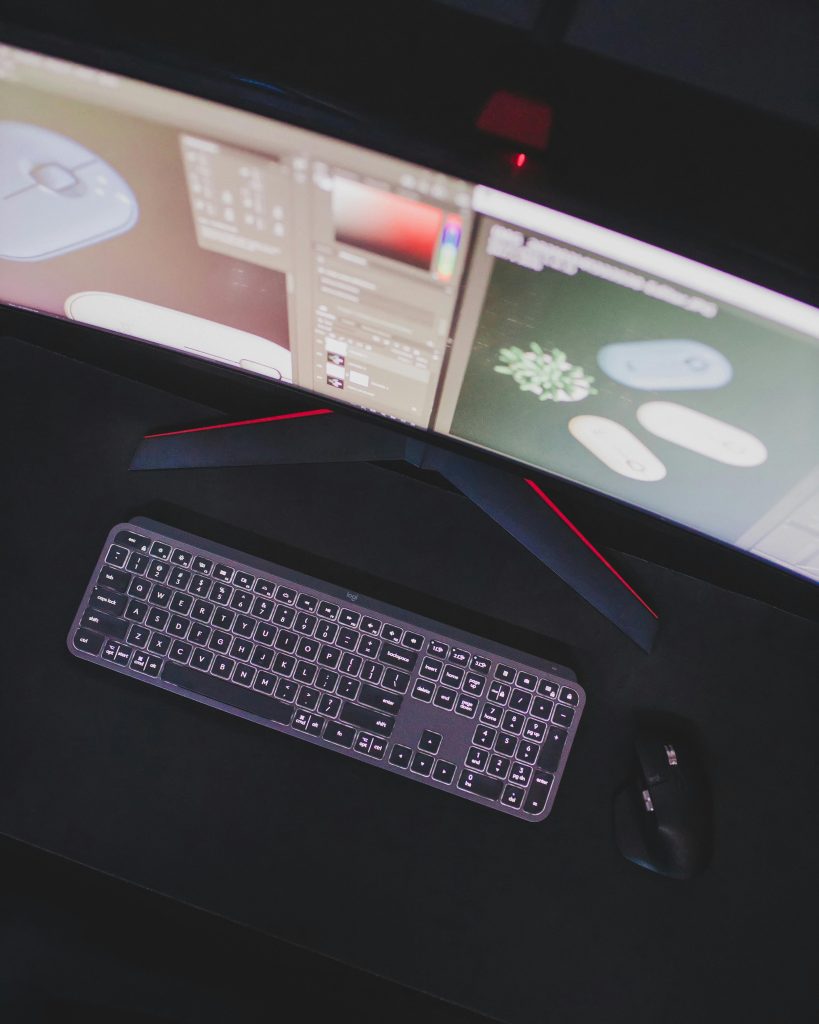Identifying and Assessing an Unknown Vintage Computer: What Is It & Can It Run Modern Operating Systems?
Discovering mysterious vintage electronics can be an exciting experience, especially when they appear to be legacy computers with potential for revival. Recently, a user shared a intriguing find: a sizable, chunky device discovered by their mother, prompting questions about its identity and capabilities. In this article, we’ll explore how to approach identifying such hardware and evaluate whether it can support contemporary operating systems.
Understanding the Challenge of Identifying Vintage Hardware
When encountering unfamiliar computer equipment—especially older, bulky units—determinining their specifications and purpose can be challenging without prior expertise. Typically, these devices may lack clear labels or modern indicators, making initial identification tricky.
Steps to Identify Your Vintage Computer:
- Visual Inspection:
- Look for labels, model numbers, or manufacturer logos on the case or rear panel.
-
Note any ports, connectors, or unique features that could hint at its age or function.
-
Research Based on Visible Clues:
- Search online using any identifiable numbers or logos.
-
Compare the device’s appearance with images of similar vintage computers or peripherals.
-
Open the Case Carefully:
- If you’re comfortable and aware of safety precautions, opening the unit can reveal internal components like motherboards, CPU types, RAM modules, or storage devices.
-
Document and photograph your findings for further assistance or research.
-
Consult Online Communities:
- Post detailed descriptions and photos on specialized forums or Reddit communities focused on vintage computing.
- Experienced enthusiasts may quickly identify the hardware based on your information.
Determining the Capabilities of the Device
Once you’ve identified the machine, the next step is to assess whether it can run modern operating systems such as Windows 10 or Windows 11.
Key factors to consider include:
-
Processor (CPU) Type and Speed:
Modern OSes require at least a 1 GHz or faster processor; many vintage machines use much older CPUs, making them incompatible. -
Memory (RAM):
Most current OSes need a minimum of 4GB RAM, often more. Vintage computers rarely meet this threshold. -
Storage Media:
Check whether the system has a hard drive or solid-state drive capable of supporting the OS. Many older systems rely on floppy disks or early hard drives. -
**Motherboard
Share this content:



